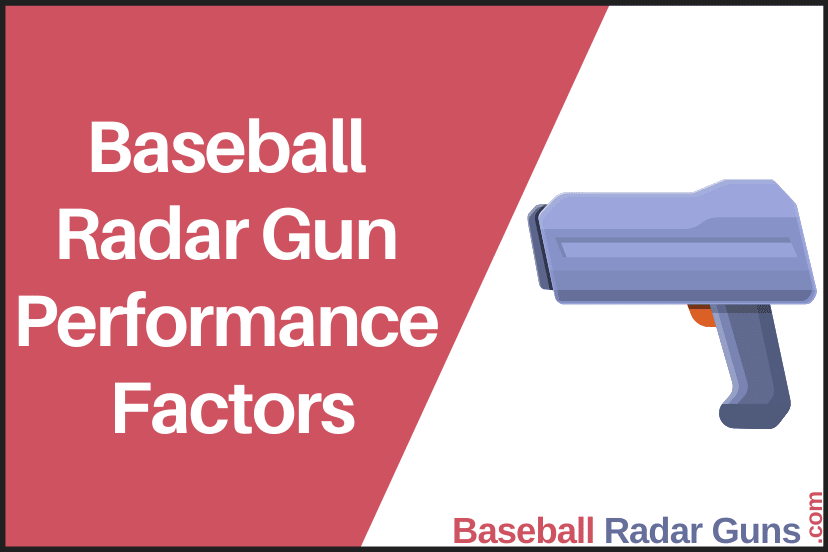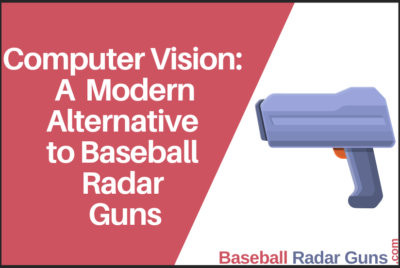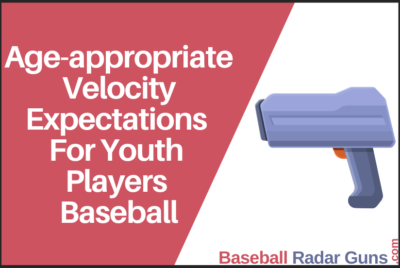Baseball Radar Gun Performance Factors
*We may earn a commission for purchases made using our links. Please see our disclosure to learn more.
Accurate velocity measurements are essential for athletes who wish to achieve in their sport. Speed is very important in sports like baseball, hockey, tennis, and others. Sometimes, you might determine a game’s result by just a second. So it is essential to know the baseball radar gun performance factor to measure correctly.
In baseball, for instance, coaches keep tabs on the velocity performance of their best pitchers during practice to set reasonable speed goals. Dependent on the actual baseball radar gun, a pitcher’s claimed speed of 100 mph may, in fact, range between 97 and 103 mph.
Let’s examine some probable elements that might affect the performance of the radar.
Table of Contents
What Are The Baseball Radar Gun Performance Factors?
Range, precision, dependability, and availability are just a few examples of the variables that may affect how well the radar performs. Baseball radar guns might seem easy to operate, but issues can occasionally arise.
Interference
The results of the radar guns may be affected by the effects of external factors. For instance, such equipment might include additional radars, cell phone towers, and power transformers. For coaches and scouts, these contradicting signals are a significant concern. Fortunately, they can usually spot them and avoid them.
Receiver Feedback
Because radar receivers are sensitive devices, they may be regulated by reducing undesired noise and enhancing necessary signals. The receiver frequently generates noise that you can detect, but the matching filters are used to optimize the weak signals.
Antenna Range
The antenna size and the transmitter’s power affect the range of the baseball radar gun. Fixed antennas used in some highly developed radar models have a range of more than a mile, which is greater than the typical 100 feet. One megawatt or thereabouts is the typical power of some radars.
Angle Error
You will likely record false readings if the radar gun is positioned correctly. The radio wave beam is concentrated and constrained. Therefore, it is necessary to place the radar gun in the ball’s direction of travel. The beam may be in front of or behind the ball. But it must be on the same plane where the ball travels.
Nature’s interference
Natural factors like echos or atmospheric density may affect how well the radar performs. Echos have long been a problem for radars since they limit their usefulness. This includes sounds like rain, birdsong, and ground echoes. Because natural occurrences and radar performance have frequently interfered, using a better radar model may help prevent interference.
How to Choose the Best Radar Gun
Using a top-scale radar will provide you with an ideal training environment. To help with that, I have put together a guide of what I believe are the best baseball radar guns for different price points.




